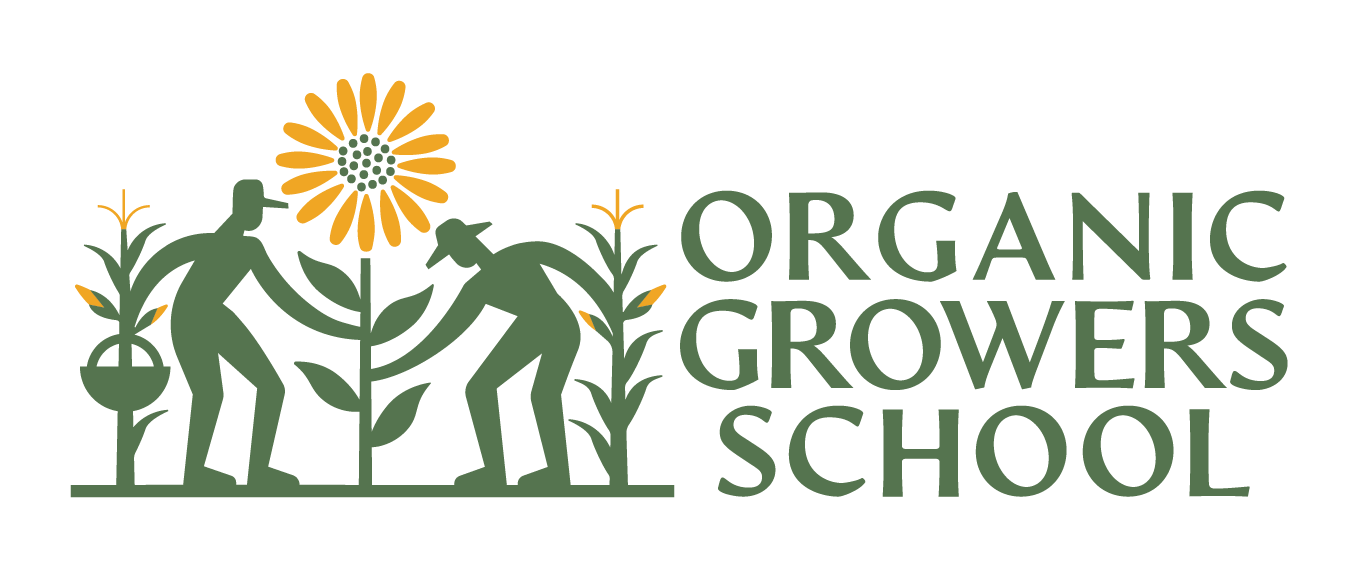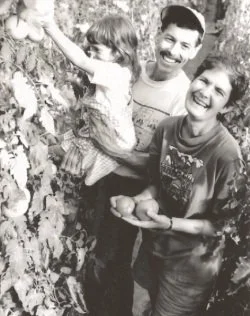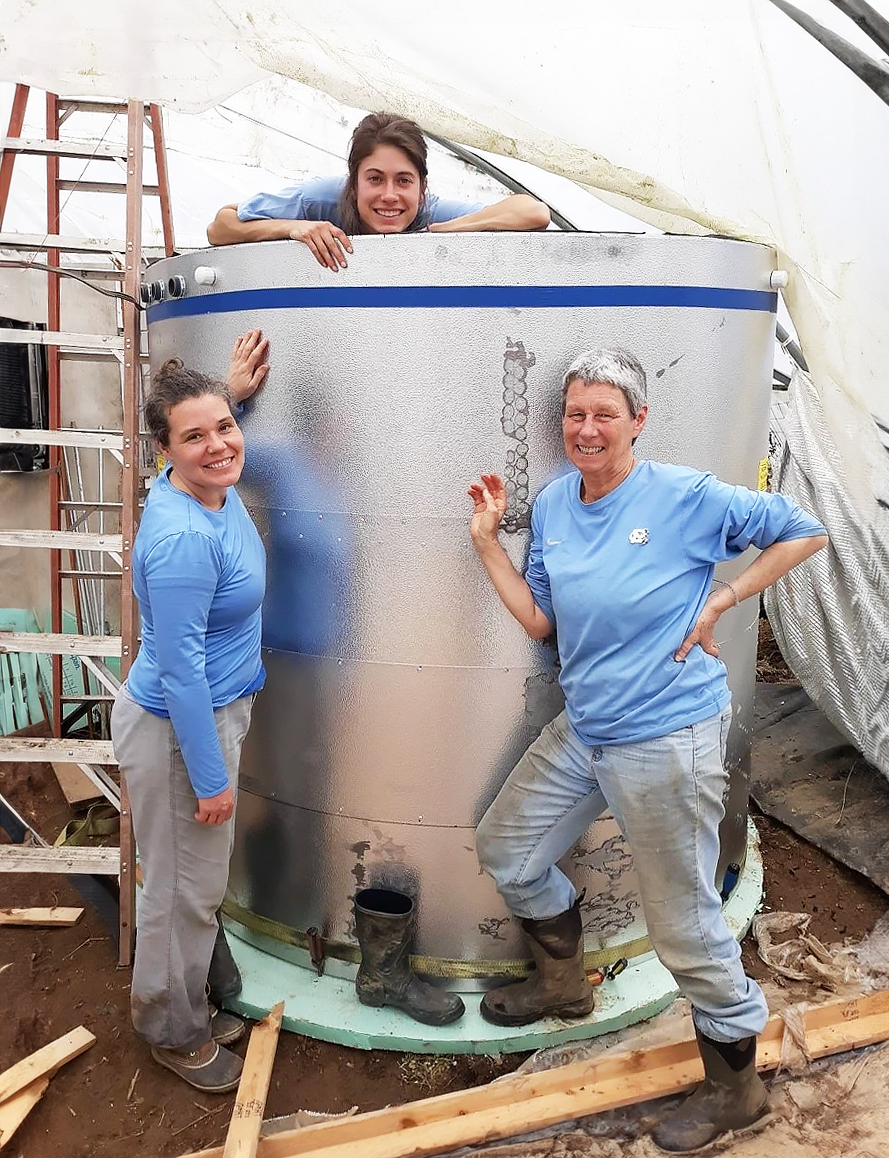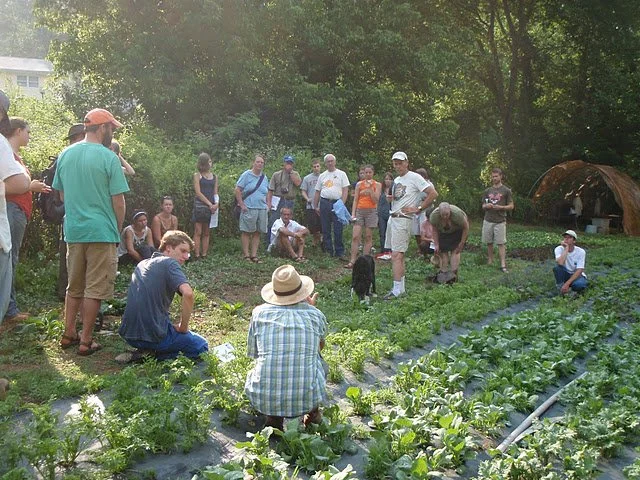Meet Thatchmore Farm: A Preview of Their CRAFT Tour on Resilient Mountain Farming
Nestled in the mountains of Western North Carolina, Thatchmore Farm has been cultivating more than just food for nearly four decades; it’s been nurturing a vision of resilience, sustainability, and innovation.
Ahead of their CRAFT Farm Tour on June 8, we interviewed Liz and Tom Elmore to talk about their unique farming model, their use of renewable energy systems, and their commitment to building a future where small farms play a big role.
Q: Please introduce us to you and your farm; how long have you been farming, where is your farm located, what do you grow, and where do you sell your produce?
Photo courtesy of Thatchmore Farm
A: Tom and Karen met in Colorado and founded Thatchmore Farm in 1987. Liz grew up on the farm and returned to take over as farm manager and principal grower 8 years ago.
It is eleven acres total with about 5 acres in production. A central feature is 7500 sq. ft of wood-heated greenhouse space.
Organic fruits and vegetables are the main crops, complemented by niche crops such as shiitake mushrooms, Christmas trees, container plants, and experimental basket willows. A farm incubator and consulting are also farm enterprises.
The workforce is Liz who is full-time. A part-time crew and volunteers account for about one more full-time position.
The farm resembles the Eliot Coleman model in some ways - with mainly family labor, two-wheel tractors, and most sales made directly to consumers at two tailgate markets.
Q: How long have you been a CRAFT member and what benefits do you feel it brings to you?
A: CRAFT for OGS was hatched on our farm during a visit by Full Sun Farm. We have been members since the beginning. We enjoy getting together with other farmers and learning from each other.
The current crew at Thatchmore Farm
Q: OGS is hosting a CRAFT farm tour at Thatchmore Farm in June; can you tell us a little more of what to expect from this tour?
A: The CRAFT tour is titled Seeking a Resilient Mountain Farm. “Big Ag” with big tractors, big crews, and many acres is not the only farm model. Thatchmore Farm is 11 acres with much of that area in woodlands. A significant amount of our year-round cash flow comes from less than a quarter acre. Hurricane Helene reminded us that we should be prepared to live life without Duke, Ingles, and Spectrum for a few days or a few years and renewable energy may play a role in that preparation. Thatchmore Farm has several renewable energy systems in place with more on the way. These two themes of a small-scale mountain farm and renewable energy systems are intertwined on the tour.
Alternate energy solutions at the farm including (left to right) a wood boiler buffer tank, PV collectors in their apple orchard, and a wood pellet boiler located beside their greenhouse
Q: Are there any new tools, techniques, or ideas that are changing the way you farm?
A: Regarding energy-related techniques, we heat our greenhouse with wood, utilize solar thermal and solar photovoltaic systems, implement the woodlot as a solar collector, and help with small solar public policy, grid defection, “green” prepping for small farms in the wake of Hurricane Helene.
More crop-related ideas we have are greenhouse crop selection and management pollarding for basket willows, coppicing for shiitake logs, stump-grown Christmas trees, and growing wasabi greens.
“Hurricane Helene reminded us that self-reliance and resilience are important for our homes, farms and communities. Small scale farms and on-farm renewable energy can be an important parts of our journey to long-term resilience.”
Q: What’s the hardest part of your job that people often don’t see, and what’s the most satisfying part of your work?
A: The best part of our job is tending plants in a toasty greenhouse when the snow is coming down sideways outside. The biggest challenge is interacting with 500 people in four hours as a wannabe introvert.
Q: If there’s one piece of wisdom you’d bestow to new or aspiring farmers, what would it be?
A: Eat local – it tastes better. Also, set aside time for “fun projects” like wasabi or basket willows. Remember to commiserate with fellow farmers in the heat of August or anytime that you are feeling down!







